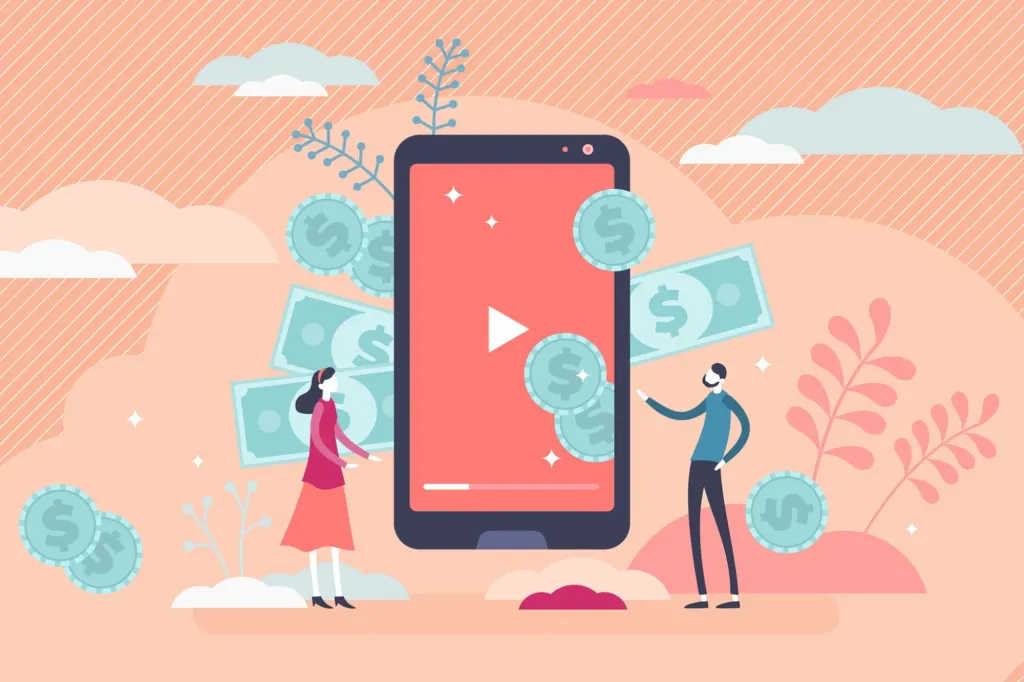Copyright Entrepreneur

Content has always been a key part of my business. My blog, YouTube channel and podcast are proof that it historically works. But in the last couple of years, I’ve heard the same question from entrepreneurs again and again: Is content still worth it? It’s a fair concern. The internet is flooded with blogs, videos and newsletters. AI tools like ChatGPT now answer questions instantly, sometimes without sending users to a website. The fear is real. If algorithms and automation are changing how people discover information, where does that leave content marketing? The truth is, content hasn’t lost its power, but that power has changed. And if you adapt, it can still be the engine that drives trust, leads and revenue. Related: This Simple Strategy Got ChatGPT to Recommend My Business to People The content conundrum Here’s what’s really happening: everyone is publishing more, but few are converting. At NP Digital, we looked at how content volume compares to conversions, and the gap is widening. Content fatigue is setting in as buyers tune out generic advice. That’s why so many entrepreneurs feel like their efforts go nowhere. The problem isn’t that content doesn’t work. It’s that most businesses are approaching it with the wrong expectations. Why content still works Today’s buyers need more than a catchy ad or a single blog post. On average, they engage with a brand 11 times before making a purchase decision. That might be a short video on Instagram, a blog post, a newsletter or even a mention in a podcast. Content is what creates those touchpoints. It builds familiarity and trust in a way ads alone can’t. And unlike paid campaigns that stop the second you pause your budget, content keeps working long after it’s published. This is where the compounding effect kicks in. A blog you publish today might bring in leads months from now. A short video might circulate for weeks. Layered together, these pieces create momentum that accelerates over time. For example, some of the best-converting blogs on my site over the last couple of months are thought leadership pieces that we then promote via email blasts. If it were just a generic email blast or just a blog, we wouldn’t see those results. Related: The Smart Way To Win Over Your Competitor’s Customers Shift the mindset A big mistake entrepreneurs make is chasing vanity metrics like likes, impressions or clicks. But those don’t pay the bills. According to Semrush, only 42% of marketers track content success by conversions. The rest are focused on traffic and engagement, metrics that look nice in a report but don’t prove ROI. When we shifted our lens to leads and revenue, the picture changed. Content that didn’t “go viral” still drove customers. For example, one blog post that drew only a few hundred views turned into multiple high-value deals. That’s what happens when you measure by outcomes, not surface-level numbers. How to make it work If you want your content to generate sales instead of noise, you need a smarter approach. Here are three principles I’ve seen work consistently. 1. Layer your content Don’t rely on one format. At NP Digital, we call this the Onion Strategy. Start with attention-grabbers like short-form video, then follow up with blogs and newsletters to nurture deeper engagement, and use social bursts to create timely spikes. This isn’t theory. We analyzed over 6.3 million social posts and found that short-form video generated 31% of all engagement, more than double the next best format. If video isn’t part of your mix, you’re leaving reach (and leads) on the table. 2. Create once, distribute everywhere Too many entrepreneurs publish once and move on. That’s wasted effort. A single blog can be repurposed into a LinkedIn carousel, an email campaign and a YouTube short. One client saw a 62% increase in leads simply by repackaging blog content into weekly newsletters. They didn’t publish more; they just amplified what they already had. 3. Prioritize quality over quantity Buyers are drowning in content. They don’t want another generic “10 tips” article. They want insight that feels original, specific and valuable. That means fewer, higher-quality pieces that showcase your perspective. Share customer stories, highlight original data or explain what you learned from failure. Specificity is what cuts through the noise. Related: I’ve Helped Over 1,000 Brands With Their Marketing — Here Are 11 Social Media Secrets Every Business Should Be Using in 2025 Where content discovery is heading The way people discover content has changed. Younger buyers are turning to TikTok, Instagram and YouTube to search for products and advice. AI tools like ChatGPT and Perplexity are answering informational queries directly. That shift means your content can’t live in silos. It has to travel across channels; written, visual, social and AI-friendly formats. The entrepreneurs winning today aren’t blanketing the landscape with a rapid-fire cadence, but are focusing on showing up wherever their audience is searching. This idea is at the core of SEO, something that I’ve been sharing with my audience and clients over the last few months. The bottom line I never doubted content’s value, but I’ll admit the landscape has gotten tougher. The good news? Tougher doesn’t mean impossible. Content still builds the trust and familiarity people need before they buy. Treat it like the opener, not the closer. It gets your brand into the conversation, keeps you top of mind and creates the touchpoints buyers need before they’re ready to commit. If you’re worried about diminishing returns, don’t pull back. Get smarter. Layer your formats, repurpose what you create and focus on quality over quantity. Content isn’t dead, but the game has changed. With a new strategy, it can still be one of the most reliable ways to grow your business.



